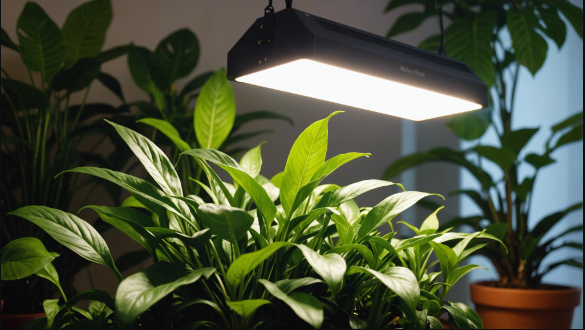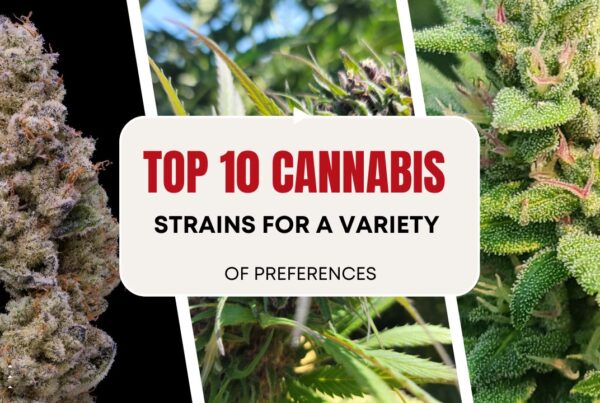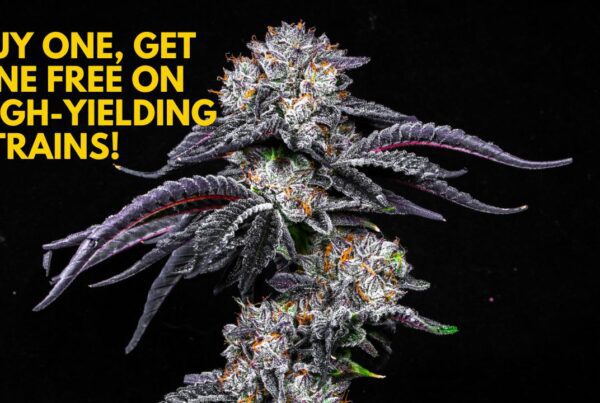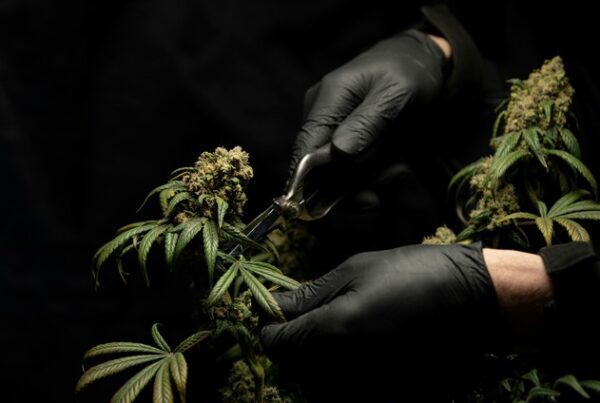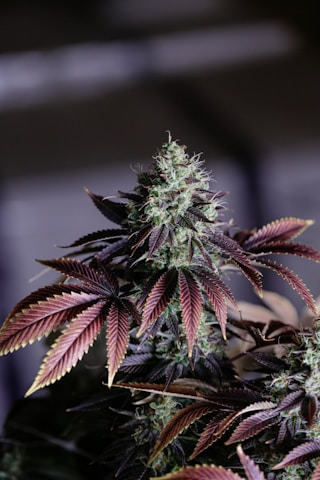Enhancing Indoor Plant Growth with the Right Grow Lights

Are you looking to enhance the growth of your indoor plants? Selecting the best grow lights is crucial for ensuring your plants receive the right amount of light for photosynthesis. In this guide, we will explore the key factors to consider when choosing grow lights for indoor plants. From understanding the different types of grow lights available to determining the appropriate light intensity and spectrum for your specific plants, we will provide you with valuable insights to help you make an informed decision. Whether you are a seasoned indoor gardener or just starting out, having the right grow lights can make a significant difference in the health and vitality of your plants. Join us as we delve into the world of indoor gardening and discover how the right grow lights can transform your plant care routine.
Placement and Setup of Grow Lights
Placement and setup of grow lights play a crucial role in the success of indoor gardening. When it comes to setting up grow lights for your indoor plants, proper placement is key to ensuring optimal growth and health. The ideal placement of grow lights is directly above the plants, providing uniform coverage to all leaves. This helps in maximizing light absorption and promoting even growth. As plants grow, it is important to adjust the height of the grow lights accordingly. Keeping the lights too close can lead to light burn, while placing them too far away may result in leggy growth. By adjusting the light heights as the plants grow, you can ensure they receive the right amount of light at each stage of their development.
Type of Grow Lights
In addition to the placement, the type of grow light used also impacts plant growth. LED grow lights are energy-efficient and produce less heat, making them ideal for indoor gardening. They come in various spectrums, including full-spectrum lights that mimic natural sunlight, promoting photosynthesis effectively. Fluorescent grow lights are another popular choice, especially for seedlings and young plants, as they emit a balanced spectrum of light suitable for early growth stages.
Light Requirements of Plants
When setting up grow lights, consider the light requirements of different plant species. Some plants, like succulents and cacti, require high light intensity, while others, such as ferns and peace lilies, thrive in lower light conditions. Grouping plants with similar light needs together under the grow lights can help create optimal growing conditions for each plant.
Using a Timer
Moreover, using a timer for your grow lights is essential to maintain a consistent light cycle for your plants. Most indoor plants require around 12-16 hours of light per day, depending on the species. A timer ensures that the plants receive the right amount of light each day, promoting healthy growth and flowering.
Ideal Placement of Grow Lights
When it comes to the ideal placement of grow lights, it’s important to understand the concept of light intensity and coverage. Different plants have varying light requirements, and understanding these needs can help you optimize the placement of your grow lights. For instance, plants with high light requirements, such as tomatoes and peppers, benefit from having the grow lights positioned closer to the canopy to ensure they receive an adequate amount of light. On the other hand, plants that thrive in lower light conditions, like herbs and leafy greens, can be placed slightly farther away to prevent light burn.
Adjusting Light Heights
Adjusting the height of grow lights as plants grow is a continuous process that requires attention to detail. As seedlings develop into mature plants, their light requirements change. It’s crucial to regularly monitor the distance between the plants and the grow lights to prevent any issues related to light stress. Additionally, rotating the position of plants under the grow lights can help promote even growth and prevent overcrowding.
Selecting the Right Type of Grow Lights
In terms of selecting the right type of grow lights, consider factors such as energy efficiency, light spectrum, and heat output. LED grow lights are a popular choice for indoor gardening due to their energy efficiency and customizable light spectrums. They are suitable for a wide range of plants and growth stages, making them versatile options for indoor growers. On the other hand, HID (high-intensity discharge) lights are known for their high light output, making them ideal for plants that require intense lighting, such as fruiting crops.
Creating Light Zones
When setting up grow lights for a diverse collection of plants, it’s beneficial to create different light zones based on the plants’ light requirements. This approach allows you to cater to the specific needs of each plant species and optimize their growth potential. By grouping plants with similar light preferences together, you can create microenvironments that mimic their natural habitats, fostering healthy growth and development.
Supplemental Lighting Techniques
Incorporating supplemental lighting techniques, such as using reflective materials to maximize light distribution or implementing light movers to ensure uniform coverage, can further enhance the effectiveness of your grow light setup. These techniques help mitigate issues like shadowing and uneven light distribution, creating a more balanced growing environment for your plants.
Conclusion
In summary, the placement and setup of grow lights are critical aspects of indoor gardening that directly impact plant growth and development. By understanding the principles of light placement, adjusting light heights as plants grow, selecting the appropriate grow light type, and considering plant-specific light requirements, you can create an optimal growing environment for your indoor plants. Remember to regularly assess and fine-tune your grow light setup to meet the evolving needs of your plants and maximize their potential for healthy growth and productivity.
Types of Grow Lights
When it comes to growing plants indoors, one of the most crucial factors to consider is the type of grow lights to use. There are several types of grow lights available in the market, each with its own set of benefits. Understanding the different types of grow lights and their advantages can help you make an informed decision for your indoor gardening needs.
Fluorescent Grow Lights
Fluorescent lights are popular among indoor gardeners, especially beginners, due to their affordability and efficiency. They are suitable for growing a wide variety of plants, including herbs and leafy greens. Fluorescent lights are energy-efficient and produce less heat, making them ideal for seed starting and growing young plants.
LED Grow Lights
LED lights have gained popularity in recent years for indoor gardening due to their energy efficiency and customizable spectrum. LED grow lights can be tailored to provide the specific light wavelengths that plants need for optimal growth. They produce less heat than traditional lighting options, reducing the risk of burning the plants. LED lights also have a longer lifespan, making them a cost-effective choice in the long run.
High-Intensity Discharge (HID) Grow Lights
HID lights, including metal halide (MH) and high-pressure sodium (HPS) lights, are known for their high light intensity, making them suitable for flowering plants. HID lights are more suitable for larger indoor gardens due to their high output and coverage area. However, they can be less energy-efficient compared to fluorescent and LED lights.
Benefits of Using Grow Lights for Indoor Plants
- Supplemental Lighting: Grow lights provide artificial light that supplements natural sunlight, allowing plants to thrive indoors where natural light may be limited.
- Year-Round Growth: With grow lights, you can create a controlled environment that supports year-round plant growth, regardless of the outdoor season.
- Customizable Light Spectrum: Different types of grow lights offer customizable light spectrums that can be adjusted to meet the specific needs of different plants at various growth stages.
- Increased Plant Productivity: By providing plants with adequate light, grow lights can enhance photosynthesis, leading to increased plant productivity and healthier growth.
Choosing the right type of grow lights for your indoor plants is essential for their overall health and growth. Consider the specific needs of your plants, the size of your indoor garden, and your budget when selecting the most suitable grow lights for your indoor gardening endeavors.
Selecting the Best Grow Lights for Your Indoor Plants
When it comes to growing plants indoors, providing adequate light is crucial for their growth and development. Since natural sunlight may not always be sufficient, especially in indoor settings, using grow lights becomes essential. However, with a wide range of grow lights available in the market, choosing the best one for your indoor plants can be a daunting task. To help you make an informed decision, consider the following factors when selecting grow lights:.
Factors to Consider When Choosing Grow Lights:
- Light Spectrum: Different plants have varying light spectrum needs at different stages of growth. Ensure the grow lights you choose provide the appropriate spectrum for your plants.
- Light Intensity: The intensity of light required varies among plant species. Some plants need high light intensity, while others thrive in lower light conditions. Select grow lights that can deliver the right intensity for your plants.
- Energy Efficiency: Opt for energy-efficient grow lights to save on electricity costs in the long run.
- Heat Emission: Some grow lights emit a lot of heat, which can affect plant growth. Choose lights that produce minimal heat to prevent damage to your plants.
Matching Grow Lights to Plant Requirements:
- Leafy Greens and Herbs: Plants like lettuce, basil, and mint thrive under blue spectrum lights. Consider using LED grow lights for these plants.
- Flowering Plants: Plants that require more red spectrum light, such as tomatoes and peppers, do well under full-spectrum LED grow lights.
- Fruit-Bearing Plants: For plants like strawberries and citrus fruits, a combination of red and blue spectrum lights is ideal for promoting flowering and fruiting.
When selecting grow lights for your indoor plants, it’s essential to consider not only the type of plants you are growing but also the space available and your budget. LED grow lights are popular for indoor gardening due to their energy efficiency and customizable light spectrum options. Additionally, consider the light coverage area of the grow lights to ensure all your plants receive adequate light for uniform growth.
Moreover, the duration of light exposure is crucial for plant growth. Most plants require around 12-16 hours of light per day, but this can vary depending on the plant species and growth stage. Investing in a timer for your grow lights can help automate the lighting schedule and ensure your plants receive consistent light exposure.
Selecting the best grow lights for your indoor plants involves understanding your plants’ specific light requirements, considering factors like light spectrum, intensity, energy efficiency, and heat emission, and matching the grow lights to your plants’ needs. By creating an optimal growing environment with the right grow lights, you can promote healthy plant growth, flowering, and fruiting, leading to a successful indoor garden.
Shop for Indoor Grow Lights
When it comes to indoor gardening, having the right grow lights is essential for the health and growth of your plants. Here are some key points to consider when shopping for indoor grow lights:.
- Types of Grow Lights Available: There are several types of grow lights available in the market, including fluorescent, LED, and high-intensity discharge (HID) lights. Each type has its own set of pros and cons, so it’s important to choose the one that best suits your plants’ needs.
- Fluorescent Grow Lights: These are cost-effective and work well for seedlings and young plants due to their gentle light spectrum. However, they may not provide enough intensity for flowering or fruiting plants.
- LED Grow Lights: Known for their energy efficiency and customizable spectrum, LED lights are versatile and suitable for various growth stages. They emit less heat, making them ideal for indoor gardening.
- HID Grow Lights: High-intensity discharge lights are powerful and efficient, making them suitable for larger indoor gardens. They produce intense light, promoting robust growth, but they can be hot and require proper ventilation.
- Setting Up Grow Lights Properly: Proper installation of grow lights is crucial to ensure that your plants receive the right amount of light for photosynthesis. Make sure to position the lights at the correct distance from the plants and adjust the height as the plants grow. Additionally, consider using timers to mimic natural sunlight patterns and provide your plants with consistent lighting.
- Light Distance: Different types of plants require varying light intensities. Leafy greens may thrive with lights positioned 6-12 inches away, while flowering plants may need them closer, around 12-24 inches.
- Light Duration: Most plants need about 14-16 hours of light per day. Using timers can help automate this process and maintain a consistent light cycle.
- Additional Tips for Indoor Grow Lights:.
- Light Spectrum: Understanding the light spectrum needed for different growth stages of plants is crucial. Blue light is essential for vegetative growth, while red light promotes flowering and fruiting.
- Light Placement: Consider rotating your plants regularly to ensure even light distribution and prevent leggy growth.
- Energy Efficiency: Opt for energy-efficient grow lights to save on electricity costs in the long run.
- Light Maintenance: Regularly clean your grow lights to remove dust and debris that can block light and reduce efficiency.
By understanding the types of grow lights available, their specific benefits, how to set them up properly, and implementing additional tips for indoor grow lights, you can create an optimal growing environment for your indoor plants, ensuring healthy growth and bountiful harvests.
Understanding Plant-Specific Lighting Needs:
Each plant species has its own unique lighting requirements based on its natural habitat. For example, tropical plants typically require bright, indirect light, while succulents thrive in direct sunlight. Researching the specific needs of your plants is essential to provide them with the right amount and type of light. Some plants may even require a period of darkness to simulate their natural environment.
Choosing the Right Grow Lights for Different Plants:
When selecting grow lights, consider the light spectrum they emit. Different plants respond best to specific light wavelengths, such as red or blue light. LED grow lights are popular for indoor gardening due to their energy efficiency and customizable spectrum. Fluorescent lights are suitable for a wide range of plants and are cost-effective. High-intensity discharge lights are powerful options for larger plants or commercial setups.
In addition to the type of light, the duration of light exposure is crucial. Most plants require around 12-16 hours of light per day, but this can vary depending on the species. It’s important to monitor your plants’ growth and adjust the lighting accordingly to prevent issues like leggy growth or leaf burn.
By understanding and meeting the lighting requirements of your indoor plants, you can create a thriving indoor garden that brings beauty and health benefits to your space.
Conclusion:
Selecting the best grow lights for indoor plants is crucial for ensuring healthy growth and optimal yields. By providing the right light spectrum and intensity, indoor plants can thrive regardless of the season or location. Remember, the right grow lights can make all the difference in your indoor gardening success. For more insights on enhancing your indoor plant growth, check out the valuable information on fast flowering weed seeds, cultivation techniques, and notable strains at [relevant_url]. Start your journey to successful indoor gardening today!.

